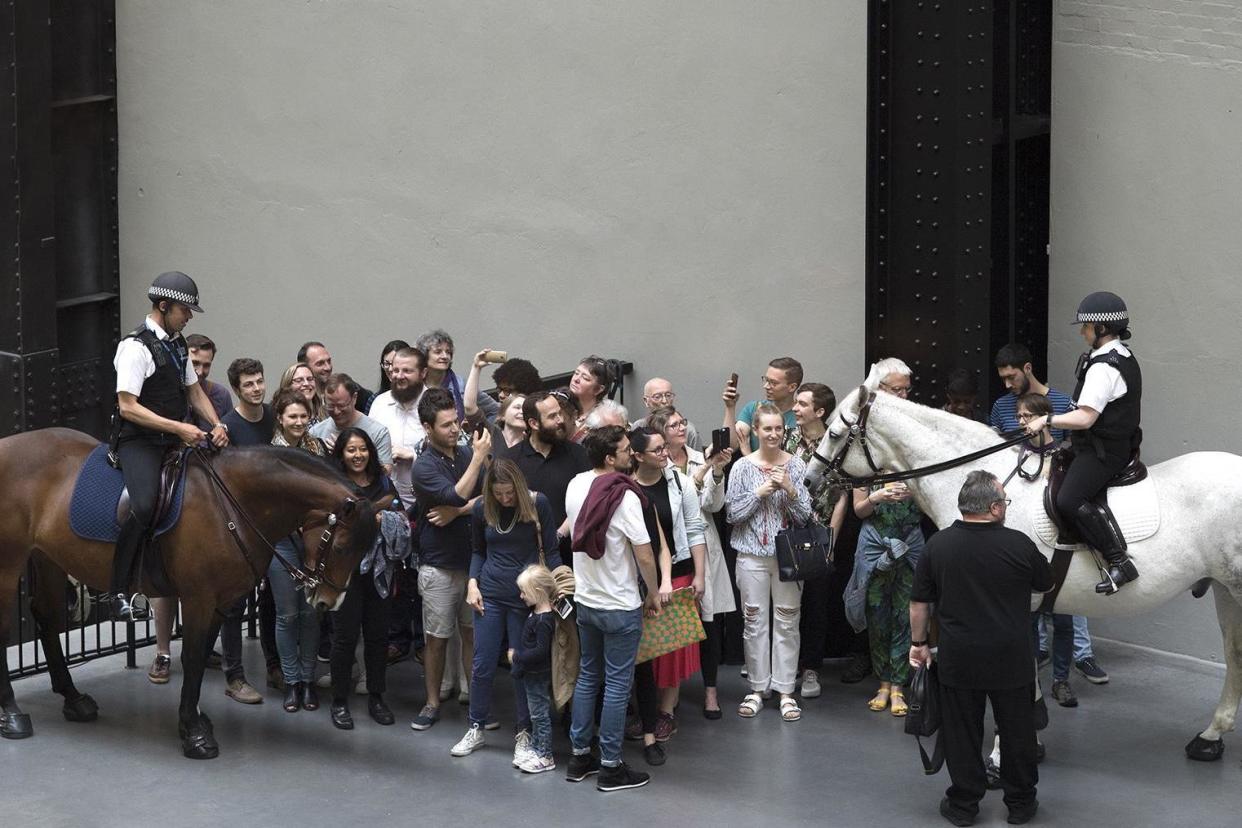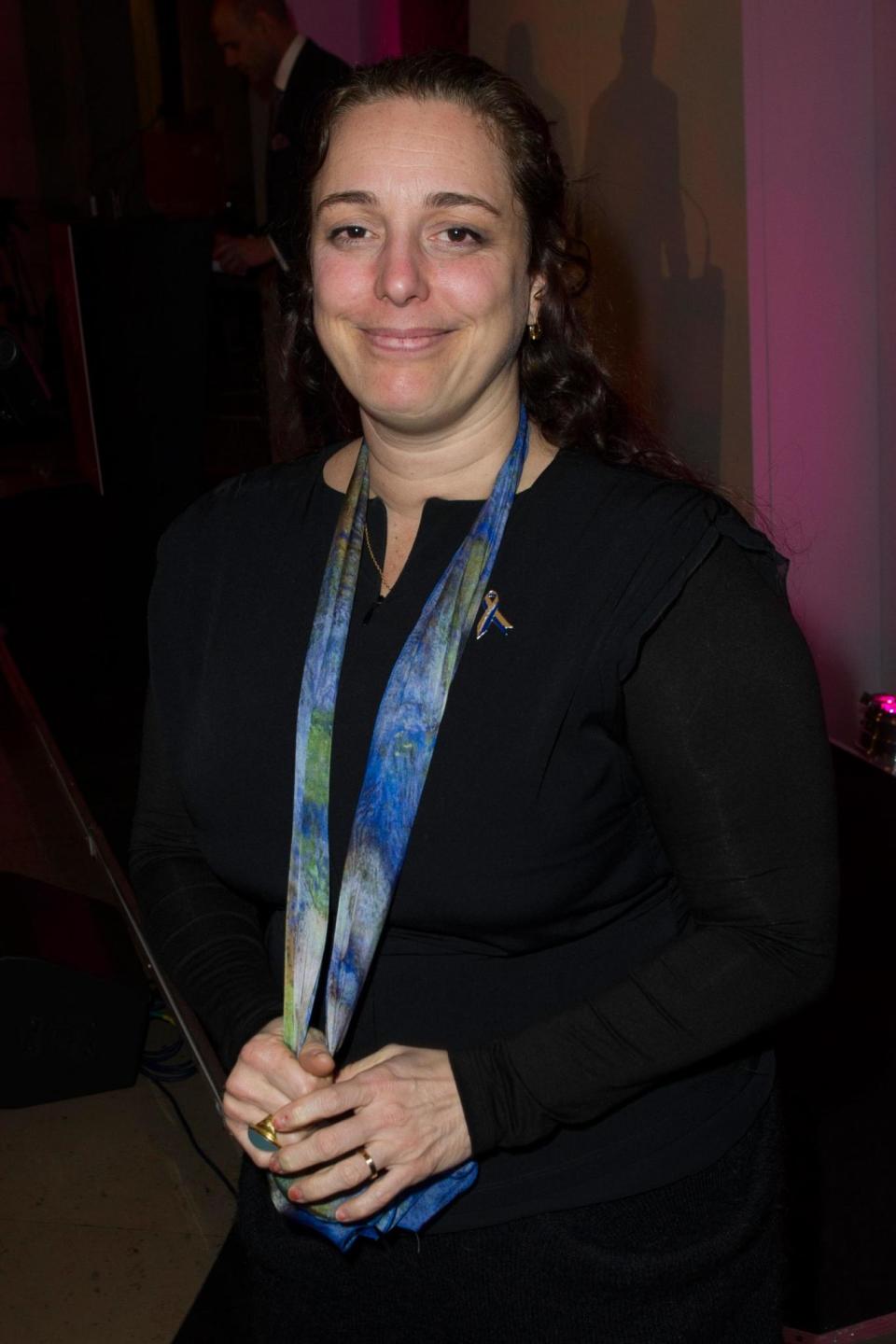Artist who made visitors take a lie detector test gets Tate's Hyundai Commission

A Cuban artist who has brought mounted police officers and lie detectors into Tate Modern will take over its Turbine Hall this year.
Tania Bruguera, who describes her politically inspired work as “useful art”, will be responsible for the landmark Hyundai Commission.
Her previous work includes Tatlin’s Whisper #5 (corr) which involved two police officers on horses using crowd control techniques to corral visitors to the gallery.
In 2012, she brought her Immigrant Movement International project to the Tate where she made visitors line up and pass a lie detector test based on questions from the UK immigration form before being granted access to the building’s Tanks.

Frances Morris, Director of Tate Modern, said: “Tania Bruguera is well known for the highly original and compelling way in which she addresses major political concerns of our time, not only within debates about art and art history, but also in the hope of effecting real change in the world around us.
“I am delighted that she will be undertaking this year’s Hyundai Commission and I look forward to seeing how she activates the public forum of the Turbine Hall.”
Her work, which will go on show from October 2 to February 24, will replace the current commission - a series of swings designed for three people which has transformed the huge space into a massive playground.
The vast turbine hall in the former power station has regularly been used to show large scale works of art with previous site-specific commissions including a series of slides designed by Carsten Holler and Olafur Eliasson’s Weather Project which filled the building with mist and artificial sun rays.
Things have not always gone to plan - in 2010 dissident Chinese artist Ai WeiWei filled the hall with millions of hand painted porcelain sunflower seeds only for them to roped off after the ceramic dust was ruled to be dangerous.

 Yahoo News
Yahoo News 
